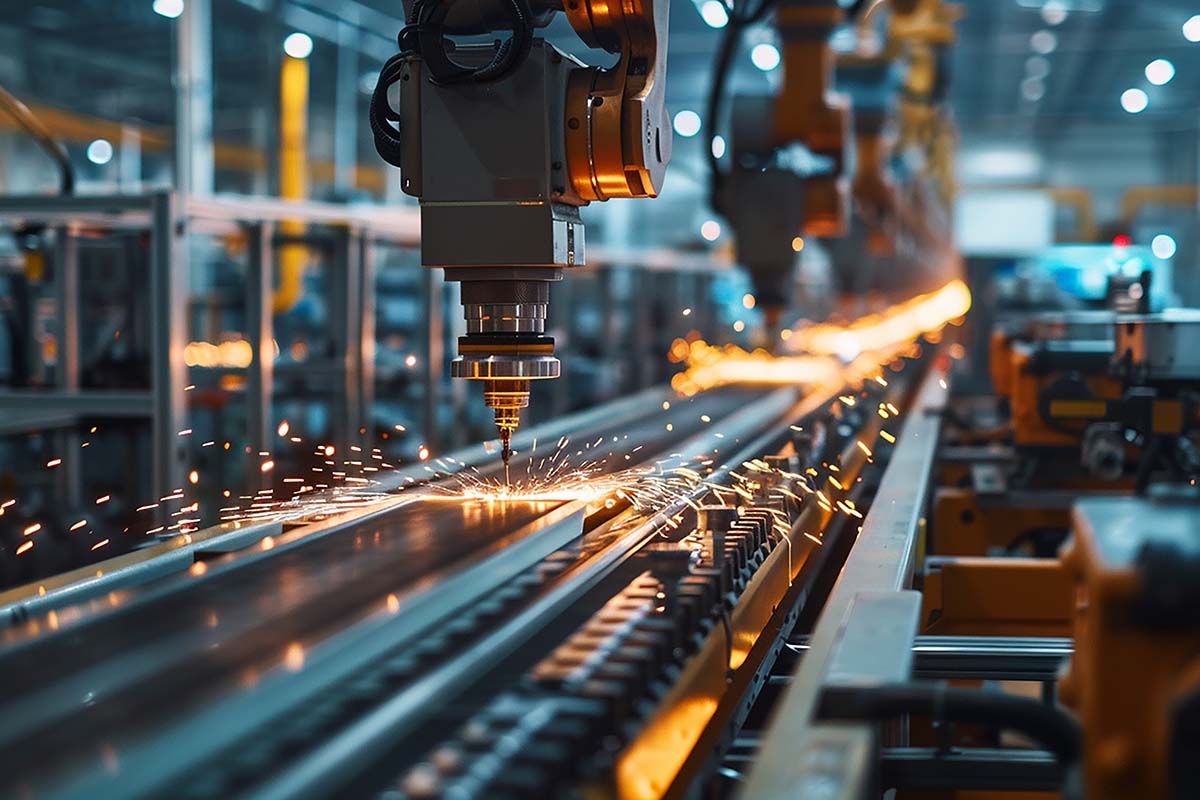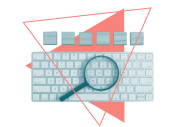The Role of Precision Tools in Modern Manufacturing
✨Key Points
Precision Enables Quality & Efficiency – Tools like drills, lasers, and digital calipers ensure flawless tolerances, reduced waste, and sustainable production.
Automation & Smart Tools Drive Consistency – Embedded sensors, CNC systems, and adaptive machining deliver real-time accuracy and higher throughput.
Future Shaped by Innovation – Trends such as digital twins, multi-axis machining, and machine learning push precision manufacturing to new levels.
Exploring the Role of Precision Tools in Modern Manufacturing
Manufacturing has always been shaped by the tools available. From the earliest hand-forged instruments to today’s digitally integrated systems, precision has remained the ultimate goal. In modern industries, where quality, efficiency, and innovation determine success, precision tools have become the cornerstone of production. They not only shape materials but also shape the competitive edge of manufacturers across the globe.
What Are Precision Tools?
Precision tools refer to the specialized equipment and instruments designed to create, measure, and verify components with extreme accuracy. They include cutting tools such as drills, end mills, and reamers, as well as metrology instruments like coordinate measuring machines and digital calipers. More advanced systems include laser-based tools, micro-cutting technologies, and smart tooling embedded with sensors.
Together, these tools make it possible to achieve tolerances that were once unimaginable. For industries like aerospace, automotive, electronics, and medical device manufacturing, this level of precision is not just preferred; it’s essential.
Why Precision Matters
Modern designs demand components that are both smaller and more complex.
Electronics, for example, require microfeatures measured in microns, while aerospace components must maintain flawless tolerances to ensure safety and performance.
Precision tools ensure that such parts can be manufactured consistently, reducing errors and maintaining the highest quality standards.
Another key advantage is efficiency.
Precision tools minimize material waste by cutting accurately the first time, reducing the need for rework.
This translates into significant cost savings, higher throughput, and more sustainable production processes.
The Role of Automation
Automation and robotics are transforming manufacturing, and precision tools are at the heart of this shift.
Smart tooling and in-machine probes feed real-time data into control systems, allowing for adaptive machining.
This means adjustments can be made mid-process, reducing the risk of defects and ensuring parts meet specifications without additional inspection steps.
The integration of precision tools into automated systems also supports high-volume production.
Manufacturers can rely on consistent, repeatable outcomes, even when working with challenging materials like titanium or composites.
New Materials and Technologies
Modern engineering often calls for advanced materials that traditional methods struggle to handle.
Precision laser tools have stepped in to meet this challenge, offering the ability to cut, engrave, or shape materials with minimal heat distortion.
Hybrid machining techniques that combine laser technology with conventional cutting tools are also becoming more common, pushing the limits of what is possible.
For example, industrial suppliers such as Opt Lasers provide systems designed for micromachining and fine-feature work, allowing manufacturers to integrate high-accuracy laser tools into their existing workflows.
These solutions expand the scope of what can be achieved, from intricate components to durable, high-performance parts.
Trends Shaping the Future
Precision tooling is evolving rapidly alongside digital manufacturing. Some of the key trends include:
- Smart tools with embedded sensors: These monitor vibrations, forces, and tool wear in real time, ensuring consistent results and reducing downtime.
- Multi-axis machining: Advanced CNC systems allow for complex parts to be created in fewer setups, improving accuracy and speed.
- Digital twins and integrated metrology: Precision measurements can be fed directly into digital models, enabling predictive quality control and faster optimization.
- Machine learning applications: Predictive analytics help identify potential deviations before they occur, further enhancing accuracy.
Overcoming Challenges
Despite their advantages, precision tools come with challenges.
High upfront costs, the need for skilled operators, and ongoing calibration requirements can make adoption complex.
However, these obstacles are often outweighed by long-term gains in quality and efficiency.
Manufacturers who invest in training, regular maintenance, and gradual integration often see significant returns.
Conclusion
Precision tools are more than just instruments; they are enablers of progress in modern manufacturing.
They allow companies to meet rising expectations for quality and complexity, while also improving efficiency and sustainability.
As industries continue to evolve, precision tooling will remain at the forefront, driving innovation and ensuring that today’s designs can become tomorrow’s realities.



















